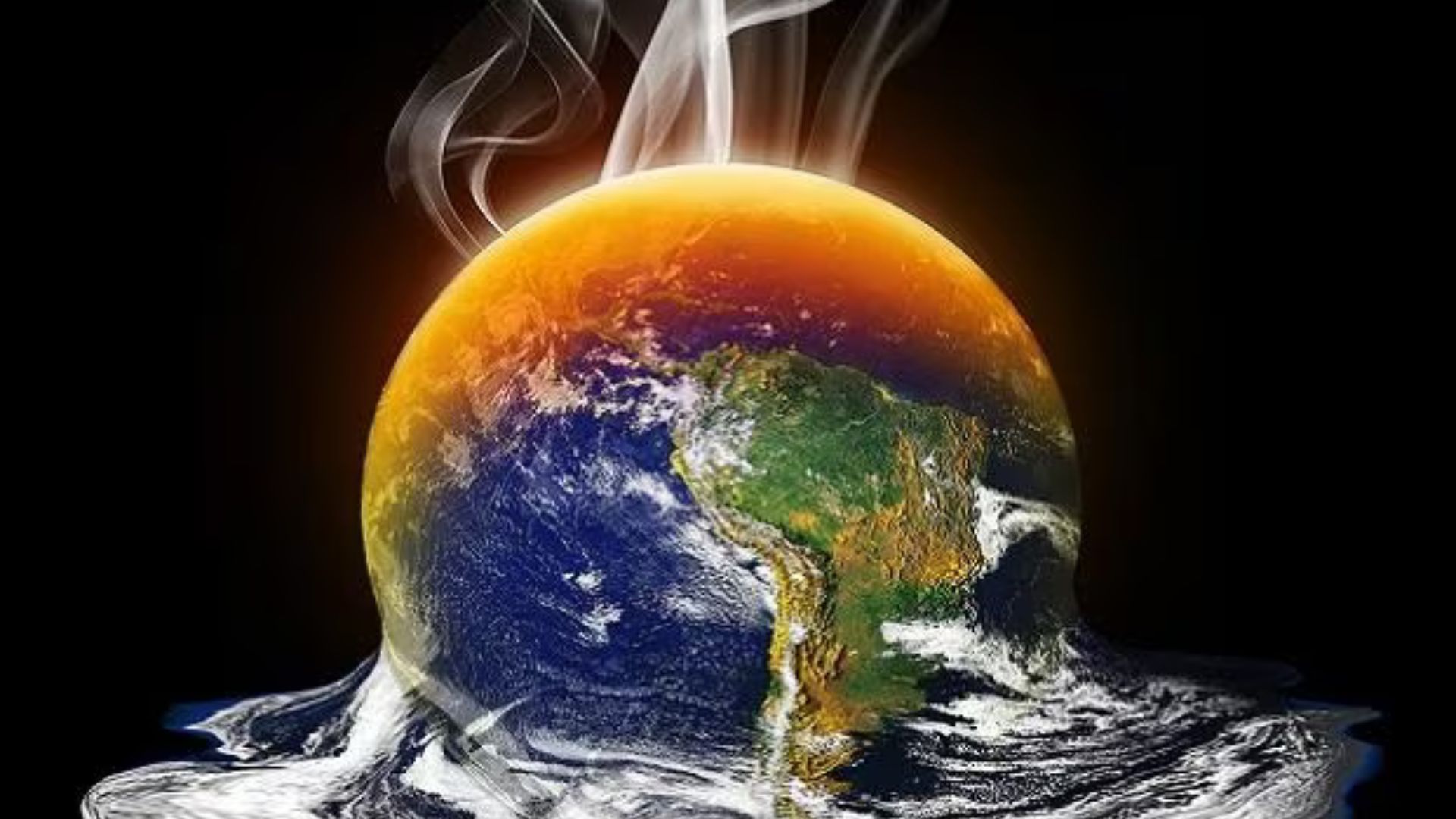
Warmer temperatures driven by climate change could elevate ground-level ozone by 2050, according to new US research. This spike in ozone may worsen air quality, leading to respiratory issues and lung inflammation. James East, a PhD student at North Carolina State University and lead author, explained that climate change affects ozone formation through complex factors, with warmer temperatures linked to higher ozone levels in polluted areas.
While the ozone layer in the atmosphere protects against harmful solar radiation, ground-level ozone forms when air pollutants, such as volatile organic compounds (VOCs) and nitrogen oxides, react. VOCs, emitted from products like paints, pesticides, and building materials, are typically higher indoors and can harm health. Nitrogen oxides result from fuel combustion.
Published in the journal Earth’s Future, the study indicates that regions with high pollution will likely see increased ozone as temperatures rise. Climate change may also boost natural VOC emissions, particularly in the Southeast US, worsening the issue. The research addresses previous uncertainties about future ozone levels in the US, predicting that in high carbon dioxide scenarios, ozone could rise by over 2.3 parts per billion, while in low scenarios, it could increase by 0.3 parts per billion. This would result in more days of poor air quality.
East noted that between 5 million and 13 million more people could be exposed to dangerous ozone levels by 2050. The findings suggest that current emission reduction efforts may be insufficient to meet ozone standards, especially in already struggling areas.















